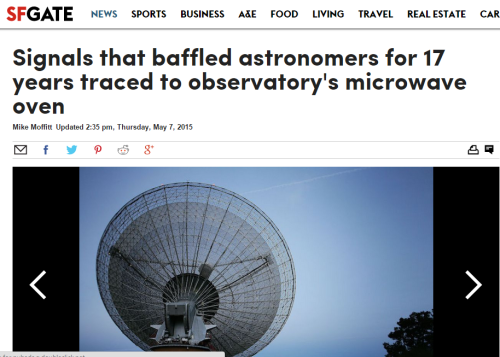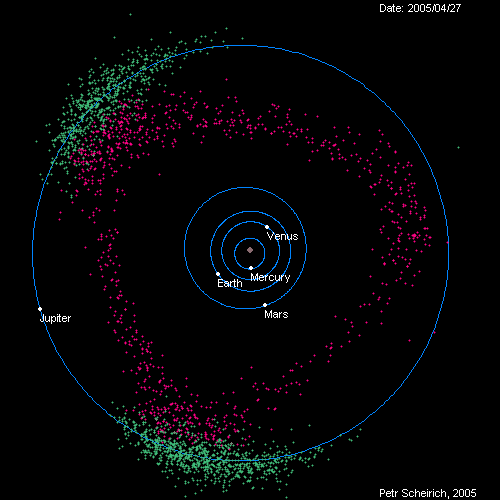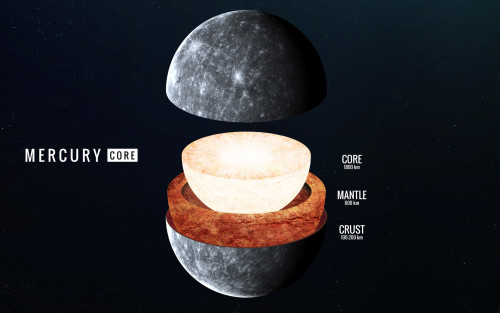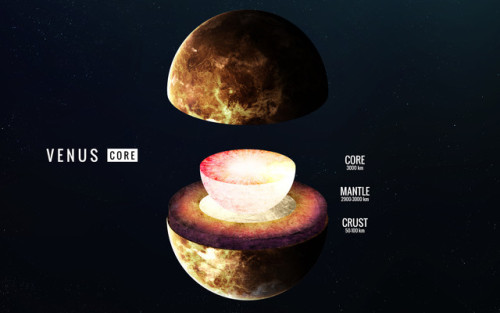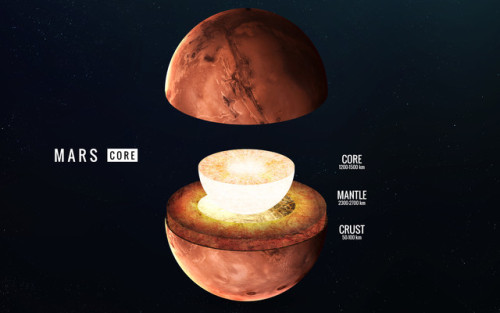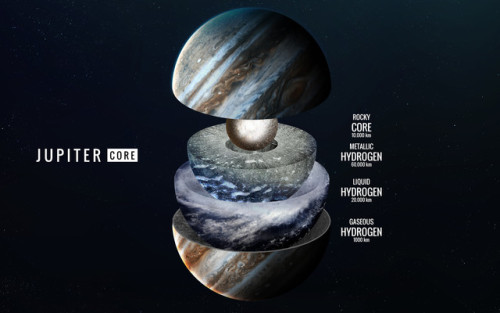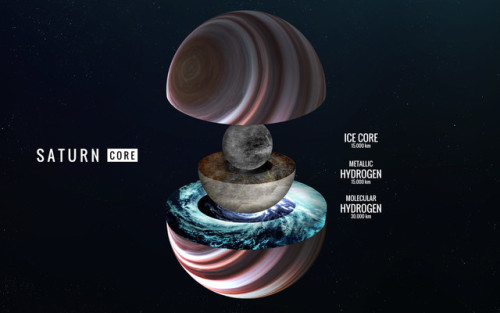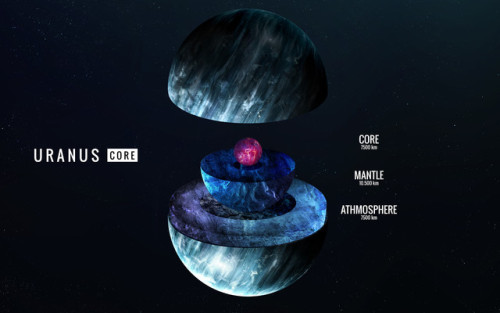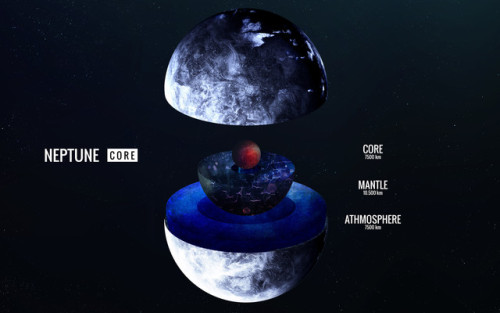Glossary

(I broke the last link, whoops)
Another week of theory, but no fun new particles. Instead, hear me try to say a lot of names of scientists or their eponymous equations as I talk about dark energy in the universe! Learn what some astronomers think it is and why other astronomers think there are better explanations for certain nutty galactic phenomena.
Below the cut are my sources, music credits, a vocab list, and the transcript of this episode. Let your voice be heard and tell me what you think I should research next by messaging me here, tweeting at me at @HDandtheVoid, or asking me to my face if you know me in real life. And please subscribe to the podcast on iTunes, rate it and maybe review it, and tell friends if you think they’d like to listen!
(If anything about dark matter or dark energy or cosmic microwave background radiation confused you over the past few podcasts, for sure send me your questions so I can ask someone more qualified than me—my doctorate student friend! My thoughts on the next episode are still the Voyager golden records, space race history, the transit of Venus, the Moon landing, Edmond Halley, or Dark Sky Preserves and it will be up on November 20th.)
Glossary
baryons - heaviest particles. Ex. Protons, neutrons. In astroparticle physics, electrons are included in baryonic matter.
cosmic microwave background radiation - the electromagnetic radiation left over from the time of recombination in Big Bang cosmology.
dark energy - a theoretical force made up of unknown, undetectable energy. It is used to explain why the universe is expanding more rapidly over time instead of slowing its expansion.
dark matter - a theoretical mass made up of unknown particles that have not been created on Earth. It is used to explain why galaxy clusters have 10x the mass that their light output suggests they would have; why distant stars on the edges of spiral galaxies orbit at the same speed as stars near the center of the galaxy; and the accretion of gases that created galaxies at the beginning of the universe.
fundamental forces - four fundamental forces in our current model of the universe: the strong and weak nuclear forces, the electromagnetic force, and gravity.
gravitational lensing - when light from more distant sources passes near a massive star, galaxy, or galaxy cluster and the object’s gravity bends the light like a lens to provide a warped angle view of space.
Transcript
Sources
Dark energy via NASA
Dark energy via Hubble
“The strangeness of dark energy is thrilling.”
Fundamental forces via Georgia State University
Dark energy via Science Magazine (April 2017)
László Dobos: “We assume that every region of the universe determines its expansion rate itself.”
Dark energy and the South Pole Telescope via Smithsonian Magazine (April 2010)
“Knowing what dark matter is would help scientists think about how the structure of the universe forms. Knowing what dark energy does would help scientists think about how that structure has evolved over time—and how it will continue to evolve.”
Intro Music: ‘Better Times Will Come’ by No Luck Club off their album Prosperity
Filler Music: ‘Even The Darkness Has Arms’ by The Barr Brothers off their album The Sleeping Operator
Outro Music: ‘Fields of Russia’ by Mutefish off their album On Draught
More Posts from Fillthevoid-with-space and Others


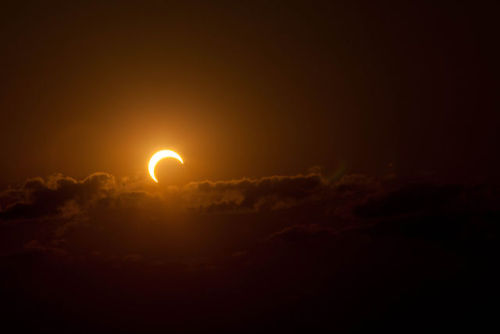

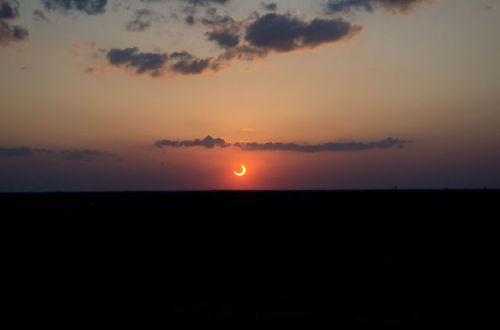


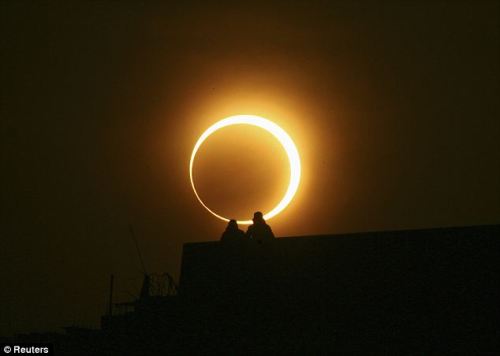
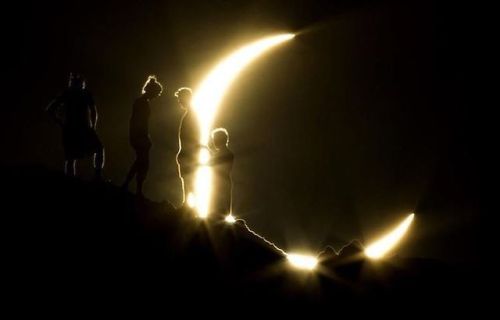
A ‘Ring of Fire’ solar eclipse is a rare phenomenon that occurs when the moon’s orbit is at its apogee: the part of its orbit farthest away from the Earth. Because the moon is so far away, it seems smaller than normal to the human eye. The result is that the moon doesn't entirely block out our view of the sun, but leaves an “annulus,” or ring of sunlight glowing around it. Hence the term “annular” eclipse rather than a “total” eclipse.
10 Things: Mysterious 'Oumuamua
The interstellar object ‘Oumuamua perplexed scientists in October 2017 as it whipped past Earth at an unusually high speed. This mysterious visitor is the first object ever seen in our solar system that is known to have originated elsewhere. Here are five things we know and five things we don’t know about the first confirmed interstellar object to pass through our solar system.
1. We know it’s not from around here.
The object known as 1I/2017 U1 (and nicknamed ‘Oumuamua) was traveling too fast (196,000 mph, that’s 54 miles per second or 87.3 kilometers per second) to have originated in our solar system. Comets and asteroids from within our solar system move at a slower speed, typically an average of 12 miles per second (19 kilometers per second) . In non-technical terms, 'Oumuamua is an “interstellar vagabond.”

Artist impression of the interstellar object ‘Oumuamua. Credit: ESA/Hubble, NASA, ESO, M. Kornmesser
2. We’re not sure where it came from.
'Oumuamua entered our solar system from the rough direction of the constellation Lyra, but it’s impossible to tell where it originally came from. Thousands of years ago, when 'Oumuamua started to wander from its parent planetary system, the stars were in a different position so it’s impossible to pinpoint its point of origin. It could have been wandering the galaxy for billions of years.

3. We know it’s out of here.
'Oumuamua is headed back out of our solar system and won’t be coming back. It’s rapidly headed in the direction of the constellation Pegasus and will cross the orbit of Neptune in about four years and cover one light year’s distance in about 11,000 years.
4. We don’t really know what it looks like.
We’ve only seen it as a speck of light through a telescope (it is far away and less than half a mile in length), but its unique rotation leads us to believe that it’s elongated like a cigar, about 10 times longer than it is wide. We can’t see it anymore. Artist’s concepts are the best guesses at what it might look like.
5. We know it got a little speed boost.
A rapid response observing campaign allowed us to watch as 'Oumuamua got an unexpected boost in speed. The acceleration slightly changed its course from earlier predictions.
“This additional subtle force on ′Oumuamua likely is caused by jets of gaseous material expelled from its surface,” said Davide Farnocchia of the Center for Near Earth Object Studies (CNEOS) at NASA’s Jet Propulsion Laboratory. “This same kind of outgassing affects the motion of many comets in our solar system.”
6. We know it’s tumbling.
Unusual variations in the comet’s brightness suggest it is rotating on more than one axis.

This illustration shows ‘Oumuamua racing toward the outskirts of our solar system. As the complex rotation of the object makes it difficult to determine the exact shape, there are many models of what it could look like. Credits: NASA/ESA/STScI
7. We don’t know what it’s made of.
Comets in our solar system kick off lots of dust and gas when they get close to the Sun, but 'Oumuamua did not, which led observers to consider defining it as an asteroid.
Karen Meech, an astronomer at the University of Hawaii’s Institute of Astronomy, said small dust grains, present on the surface of most comets, may have eroded away during ′Oumuamua’s long journey through interstellar space. “The more we study ′Oumuamua, the more exciting it gets.” she said. It could be giving off gases that are harder to see than dust, but it’s impossible to know at this point.
8. We knew to expect it.
Just not when. The discovery of an interstellar object has been anticipated for decades. The space between the stars probably has billions and billions of asteroids and comets roaming around independently. Scientists understood that inevitably, some of these small bodies would enter our own solar system. This interstellar visit by ‘Oumuamua reinforces our models of how planetary systems form.

9. We don’t know what it’s doing now.
After January 2018, ’Oumuamua was no longer visible to telescopes, even in space. But scientists continue to analyze the data gathered during the international observing campaign and crack open more mysteries about this unique interstellar visitor.
10. We know there’s a good chance we’ll see another one…eventually.
Because ′Oumuamua is the first interstellar object ever observed in our solar system, researchers caution that it’s difficult to draw general conclusions about this newly-discovered class of celestial bodies. Observations point to the possibility that other star systems regularly eject small comet-like objects and there should be more of them drifting among the stars. Future ground- and space-based surveys could detect more of these interstellar vagabonds, providing a larger sample for scientists to analyze. Adds, Karen Meech, an astronomer at the University of Hawaii’s Institute of Astronomy: “I can hardly wait for the next interstellar object!“
Make sure to follow us on Tumblr for your regular dose of space: http://nasa.tumblr.com.

I had to skip last week to finish an article on STEM but it got me a really awesome intro to a very serious episode. Learn this week about 1) Sally Ride (a bit, just like the highlight reel on her) 2) NASA’s space shuttle program 3) the Challenger disaster that occurred January 28, 1986. It was the anniversary of this tragedy yesterday and I wanted to learn more about it and why it happened and what, ultimately, came out of that difficult time in the space shuttle program.
I have a quick and easy way for you to cut out listening to the actual recap of the disaster if you don’t want to hear about it and just want to hear the fun space shuttle facts and the changes that NASA undertook in learning from Challenger’s destruction. Below the cut are my sources, music credits, a vocab list, and the transcript of this episode. I’ve bolded those sources I mention in the podcast, and I do have a trigger warning for the actual, live-coverage footage of the Challenger disaster. Please let me know what you think I should research next by messaging me here, tweeting at me at @HDandtheVoid, or asking me to my face if you know me. I’d love it if you would subscribe on iTunes (especially since I seem to have so many problems this month with consistent timing), rate my humble little podcast and maybe review it, and tell friends if you think they’d like to hear it!
(My thoughts on the next episode are national radio quiet zones, or I could go into the transit of Venus. The next episode will go up February 12th.)
Glossary
gimbaled - moveable. In a gimbaled thrust system for rockets, the exhaust nozzel of the rocket can be swiveled from side to side, which changes the direction of that thrust relative to rocket’s center of gravity.
pitch - in flight, this is rotation around the side-to-side axis. If the object’s nose points upwards or downwards, this is changing its pitch.
roll - in flight, this is rotation around the front-to-back axis. If the object’s wings spin from horizontal to vertical, it’s rolling.
yaw - in flight, this is rotation around the vertical axis. If the pilot turns the object so they can see more to the left or to the right, with no change in the horizon’s position, this is changing its yaw.
Script/Transcript
Sources
Sally Ride (for K-4) via NASA
Sally Ride bio via NASA
Sally Ride via the Smithsonian National Air and Space Museum
Sally Ride and her sexuality via Slates blog ‘Outward’ (May 2014)
Sexual Orientation Discrimination Policy via NASA
“Employees should expect to find a diversity of sexual orientations at NASA. In the past, it was common practice to fire or to refuse to hire suspected homosexuals in the Federal workplace. Employees have been physically threatened, verbally abused, and subjected to hostile working conditions. Laws and policies have changed, and all NASA employees need to be aware of their responsibility to prevent this form of discrimination and to ensure that lesbian, gay, bisexual, and transgender (LGBT) individuals are an accepted and valued part of the diverse NASA workforce.”
Space shuttle era via NASA
1983-1986: The Missions and History of Space Shuttle Challenger via NASA Spaceflight
Space shuttle process via NASA (archived)
Space shuttle components via NASA
Gimbaled thrust via NASA
Roll, Pitch, and Yaw via the Smithsonian National Air and Space Museum
Typical shuttle mission via NASA
Challenger via Space.com (Nov 2017)
Challenger disaster via History.com — contains an autoplay video
Challenger disaster live on CNN via YouTube (Jan 2011)—tw: destruction occurs at timecode 1:35
Challenger myths debunked via National Geographic (Jan 2016)
Intro Music: ‘Better Times Will Come’ by No Luck Club off their album Prosperity
Filler Music: ‘Repent’ by Dreamend off their album And So I Ate Myself, Bite By Bite, which has cover art that scared the hell out of me when my friend gave it to me because I was on painkillers for a shattered radial head. Really good band, though.
Outro Music: ‘Fields of Russia’ by Mutefish off their album On Draught
I love this comic a lot! You can read it all online to make sure you want to buy it, and then you should buy it because it’s extremely excellent. It’s about preservation in space and also love and found families! And it’s absolutely beautiful. I met Tillie while she was in my town signing her comic Spinning (also excellent) and she drew one of the fish spaceships for me and she was so kind even though I am terrible at smalltalk. Check her comic out!

OH MY! Here’s the cover for ON A SUNBEAM the graphic novel. Coming out this fall!!!!

A Giant Star Factory in Neighboring Galaxy NGC 6822 NASA
js
NASA's Swift Mission Maps a Star's 'Death Spiral' into a Black Hole
NASA - Swift Mission patch. March 20, 2017 Some 290 million years ago, a star much like the sun wandered too close to the central black hole of its galaxy. Intense tides tore the star apart, which produced an eruption of optical, ultraviolet and X-ray light that first reached Earth in 2014. Now, a team of scientists using observations from NASA’s Swift satellite have mapped out how and where these different wavelengths were produced in the event, named ASASSN-14li, as the shattered star’s debris circled the black hole. “We discovered brightness changes in X-rays that occurred about a month after similar changes were observed in visible and UV light,” said Dheeraj Pasham, an astrophysicist at the Massachusetts Institute of Technology (MIT) in Cambridge, Massachusetts, and the lead researcher of the study. “We think this means the optical and UV emission arose far from the black hole, where elliptical streams of orbiting matter crashed into each other.”
Swift Charts a Star’s ‘Death Spiral’ into Black Hole
Video above: This animation illustrates how debris from a tidally disrupted star collides with itself, creating shock waves that emit ultraviolet and optical light far from the black hole. According to Swift observations of ASASSN-14li, these clumps took about a month to fall back to the black hole, where they produced changes in the X-ray emission that correlated with the earlier UV and optical changes. Video Credits: NASA’s Goddard Space Flight Center. Astronomers think ASASSN-14li was produced when a sun-like star wandered too close to a 3-million-solar-mass black hole similar to the one at the center of our own galaxy. For comparison, the event horizon of a black hole like this is about 13 times bigger than the sun, and the accretion disk formed by the disrupted star could extend to more than twice Earth’s distance from the sun. When a star passes too close to a black hole with 10,000 or more times the sun’s mass, tidal forces outstrip the star’s own gravity, converting the star into a stream of debris. Astronomers call this a tidal disruption event. Matter falling toward a black hole collects into a spinning accretion disk, where it becomes compressed and heated before eventually spilling over the black hole’s event horizon, the point beyond which nothing can escape and astronomers cannot observe. Tidal disruption flares carry important information about how this debris initially settles into an accretion disk. Astronomers know the X-ray emission in these flares arises very close to the black hole. But the location of optical and UV light was unclear, even puzzling. In some of the best-studied events, this emission seems to be located much farther than where the black hole’s tides could shatter the star. Additionally, the gas emitting the light seemed to remain at steady temperatures for much longer than expected. ASASSN-14li was discovered Nov. 22, 2014, in images obtained by the All Sky Automated Survey for SuperNovae (ASASSN), which includes robotic telescopes in Hawaii and Chile. Follow-up observations with Swift’s X-ray and Ultraviolet/Optical telescopes began eight days later and continued every few days for the next nine months. The researchers supplemented later Swift observations with optical data from the Las Cumbres Observatory headquartered in Goleta, California.
Image above: This artist’s rendering shows the tidal disruption event named ASASSN-14li, where a star wandering too close to a 3-million-solar-mass black hole was torn apart. The debris gathered into an accretion disk around the black hole. New data from NASA’s Swift satellite show that the initial formation of the disk was shaped by interactions among incoming and outgoing streams of tidal debris. Image Credit: NASA’s Goddard Space Flight Center. In a paper describing the results published March 15 in The Astrophysical Journal Letters, Pasham, Cenko and their colleagues show how interactions among the infalling debris could create the observed optical and UV emission. Tidal debris initially falls toward the black hole but overshoots, arcing back out along elliptical orbits and eventually colliding with the incoming stream. “Returning clumps of debris strike the incoming stream, which results in shock waves that emit visible and ultraviolet light,” said Goddard’s Bradley Cenko, the acting Swift principal investigator and a member of the science team. “As these clumps fall down to the black hole, they also modulate the X-ray emission there.”
Swift spacecraft. Image Credit: NASA
Future observations of other tidal disruption events will be needed to further clarify the origin of optical and ultraviolet light. Goddard manages the Swift mission in collaboration with Pennsylvania State University in University Park, the Los Alamos National Laboratory in New Mexico and Orbital Sciences Corp. in Dulles, Virginia. Other partners include the University of Leicester and Mullard Space Science Laboratory in the United Kingdom, Brera Observatory and the Italian Space Agency in Italy, with additional collaborators in Germany and Japan. Related: Scientists Identify a Black Hole Choking on Stardust (MIT): http://news.mit.edu/2017/black-hole-choking-stardust-0315 ASASSN-14li: Destroyed Star Rains onto Black Hole, Winds Blow it Back: http://chandra.harvard.edu/photo/2015/tidal/ 'Cry’ of a Shredded Star Heralds a New Era for Testing Relativity: https://www.nasa.gov/mission_pages/swift/bursts/shredded-star.html Researchers Detail How a Distant Black Hole Devoured a Star: https://www.nasa.gov/mission_pages/swift/bursts/devoured-star.html All Sky Automated Survey for SuperNovae (ASASSN): http://www.astronomy.ohio-state.edu/~assassin/index.shtml Las Cumbres Observatory: https://lco.global/ NASA’s Swift: http://www.nasa.gov/mission_pages/swift/main/index.html Images (mentioned), Video (mentioned), Text, Credits: NASA’s Goddard Space Flight Center, by Francis Reddy/Karl Hille. Greetings, Orbiter.ch Full article
-
 fillthevoid-with-space reblogged this · 7 years ago
fillthevoid-with-space reblogged this · 7 years ago
A podcast project to fill the space in my heart and my time that used to be filled with academic research. In 2018, that space gets filled with... MORE SPACE! Cheerfully researched, painstakingly edited, informal as hell, definitely worth everyone's time.
243 posts
